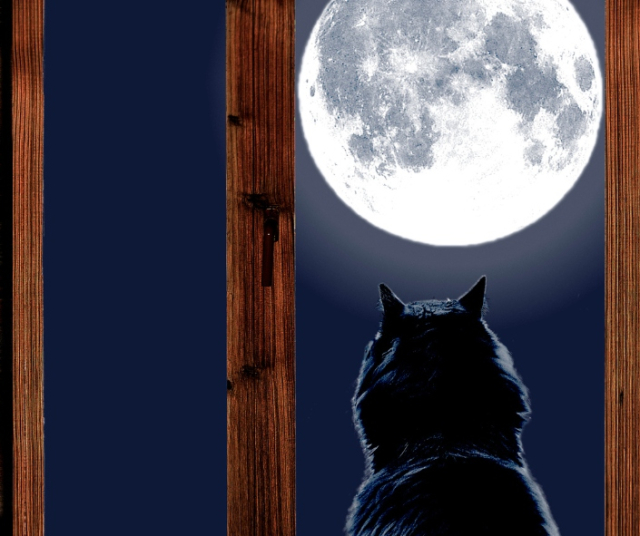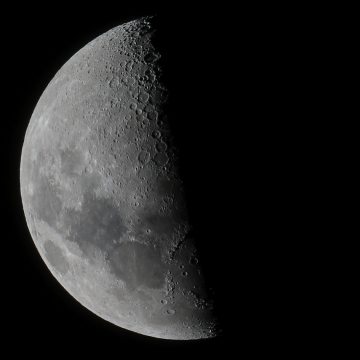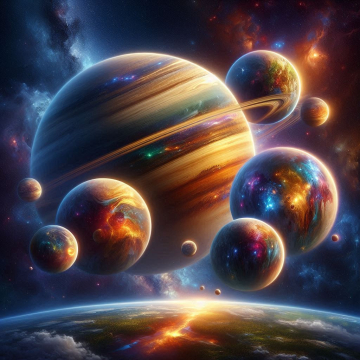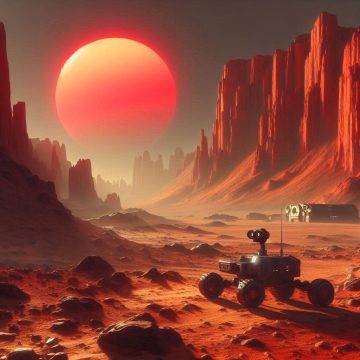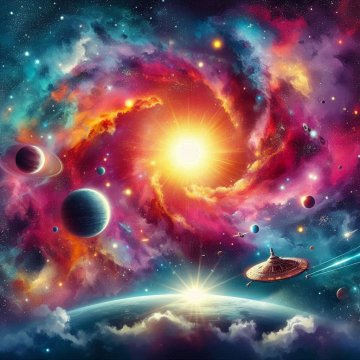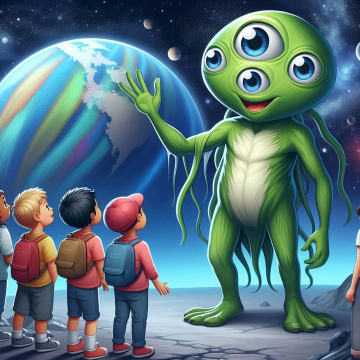Cats are fascinating creatures that have captivated humanity for millennia. Their mysterious behaviors and connection with nature have generated numerous beliefs and legends throughout history. One of the most intriguing associations is the one between cat behaviors and the moon.
Nighttime Behavior of Cats
Domestic cats, despite their lives in modern homes, retain many traits of their wild feline ancestors. One of the most notable aspects is its nocturnal behavior. Cats are crepuscular animals, meaning they are most active during the hours of dawn and dusk, when the light is dim and resembles moonlight. This twilight activity is an evolutionary adaptation that allows them to hunt their prey more effectively, since many of their natural predators, such as wolves and coyotes, are less active during these hours.
The relationship between cat behavior and the moon begins here. At night, when the full moon illuminates the landscape, cats may show an increase in activity. Some cat owners claim that their pets become more playful and energetic under the light of the full moon, which has led to the popular belief that cats are somehow influenced by the moon.
The Lunar Influence: Myth or Reality?
Throughout history, many cultures have associated the moon with mystical and magical forces. The moon was believed to exert a powerful influence on the Earth and all its creatures, including humans and animals. Although these beliefs are not based on solid scientific evidence, they have persisted for centuries.
In the case of cats and their relationship with the moon, there is no conclusive evidence to support the idea that the full moon has a direct impact on the behavior of domestic felines. Scientists have studied the issue and have found no significant correlations between the moon phase and cat behavior. However, this has not stopped the persistence of popular beliefs about the moon's influence on cats.
Myths and Legends About Cats and the Moon
Throughout history, myths and legends have been woven involving cats and the moon. These stories often reflect humanity's fascination with the unknown and the mysterious. Some of the most well-known myths include:
1. Cats Are Guardians of Lunar Secrets
In ancient Egyptian culture, cats were revered and considered guardians of the secrets of the moon. They were believed to have the ability to communicate with the moon and could reveal its mysteries to those who properly honored them.
2. Cats and Witches
In medieval Europe, black cats were often associated with witches and magic. Witches were said to perform rituals under the light of the moon with the help of their cats, who acted as their faithful companions and assistants in the practice of magic.
3. Cats and the Full Moon
In some cultures, cats were believed to become especially powerful and mysterious during full moon nights. They were said to be able to see through the veils that separated the world of the visible and the invisible, giving them supernatural abilities.
4. Cats as Dream Protectors
In Japan, there is a belief that cats, especially Maneki-neko or "lucky cats", have the power to protect people's dreams while they sleep. It is believed that their connection with the moon gives them this magical ability.
Science and Feline Behavior
Despite the persistence of myths and legends, science has shed light on the behavior of cats and their relationship with the moon. The increased activity of cats during full moon nights can be attributed to the increased visibility this natural light offers. Cats, with their excellent senses, can better perceive their surroundings and detect potential prey under these clearer conditions. Additionally, moonlight has been shown to affect circadian rhythms in cats, just as it does in humans. Natural light, including moonlight, can influence cats' sleep and wake patterns. However, this does not imply a mystical connection between cats and the moon, but rather a biological response to environmental conditions.
Despite the lack of scientific evidence supporting a direct connection between cats and the moon, the relationship between these two elements has left an indelible mark on popular culture. The image of the cat in the moonlight has become an iconic symbol and has inspired numerous works of art, literature and cinema.
Literature and Cinema
In literature, characters such as the Cheshire Cat in Lewis Carroll's "Alice in Wonderland" and Edgar Allan Poe's famous novel "The Black Cat" explore the relationship between cats and the mysterious. In cinema, films such as "Puss in Boots" and "The Aristocats" feature cats on nocturnal adventures under the moonlight.
Art and Photography
Artists have captured the beauty and mysterious connection between cats and the moon in their works. Famous paintings such as Henriette Ronner-Knip's "The Cat in the Window" and Tsuguharu Foujita's "Cats on a Roof" show cats under moonlight, creating an atmosphere of enigma and elegance.
